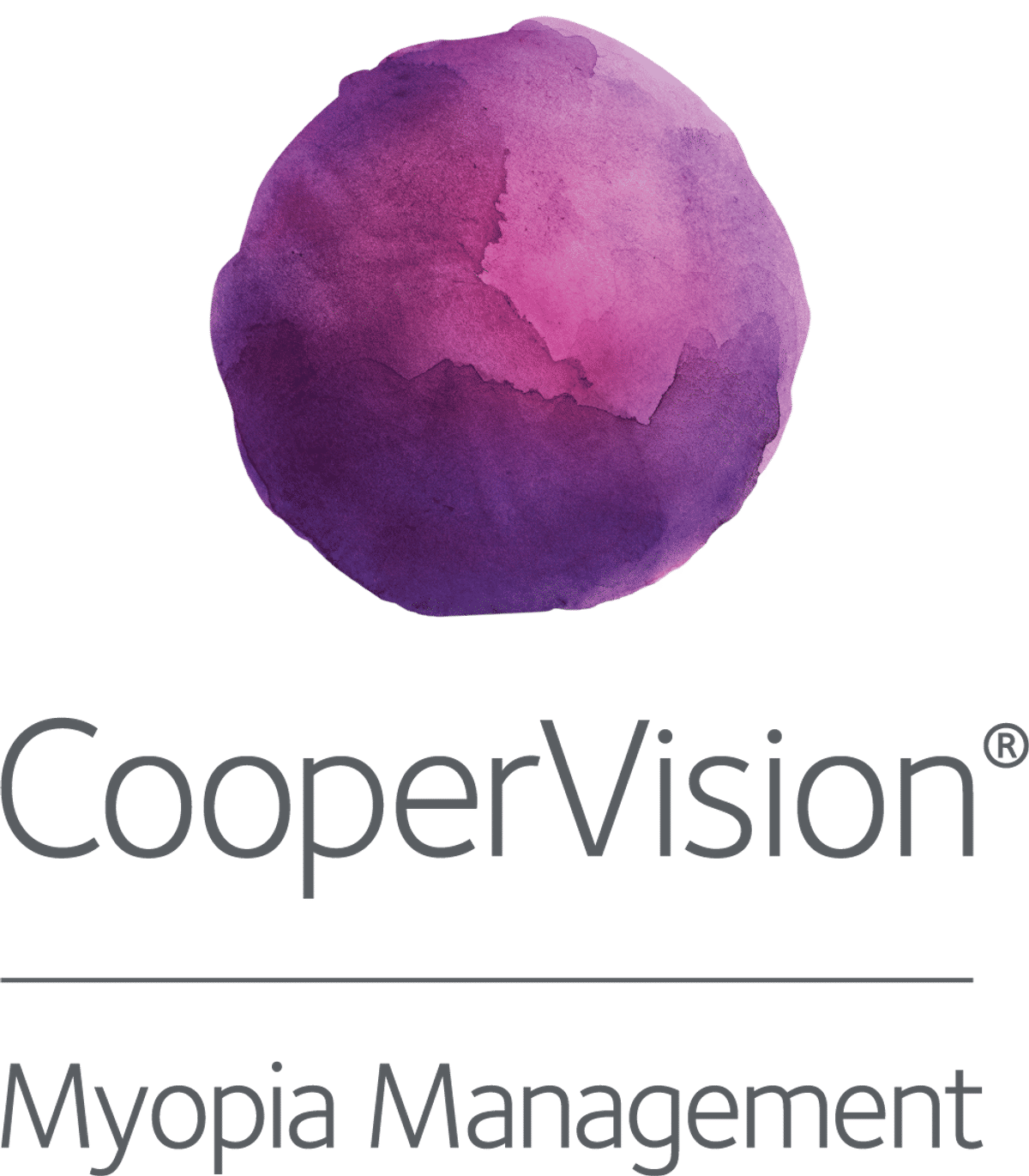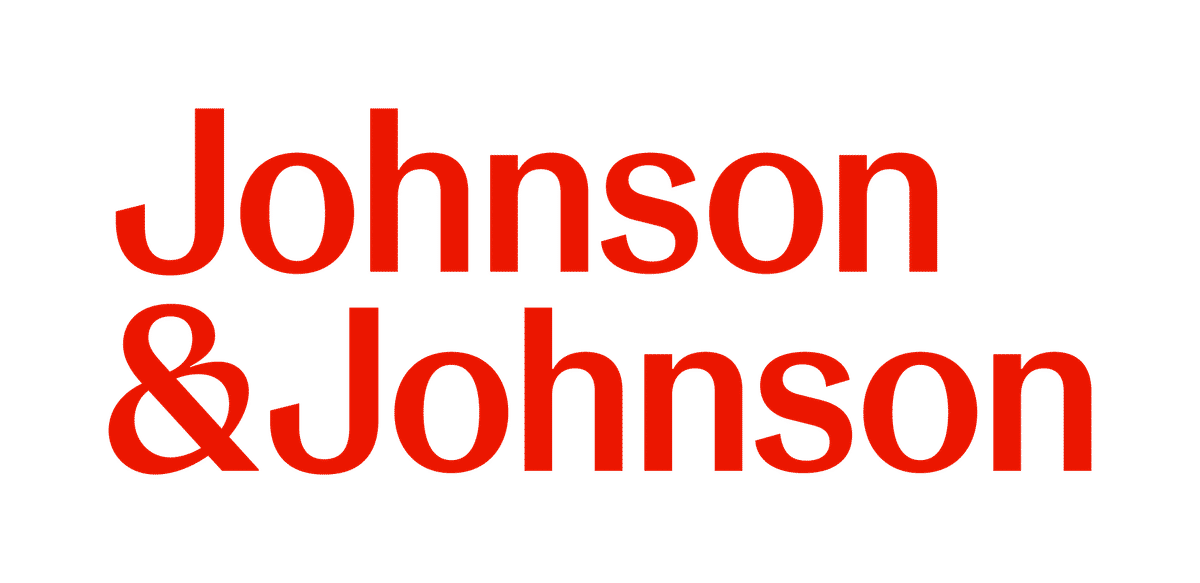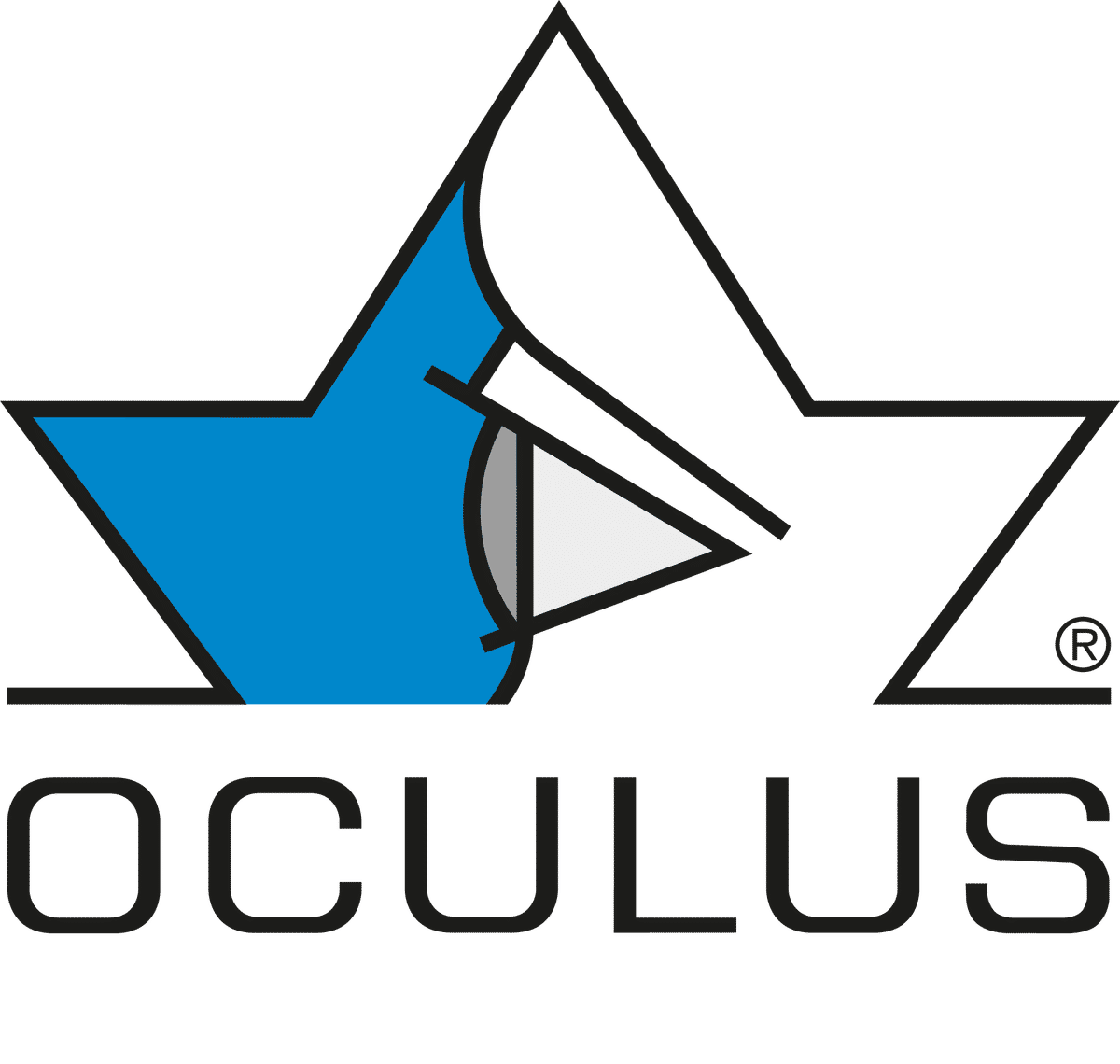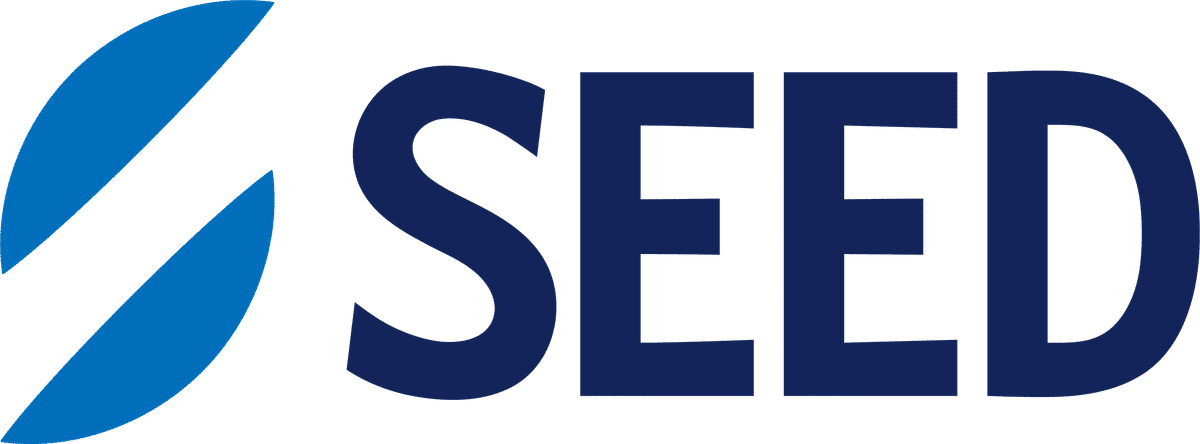Clinical
When and how to switch myopia control treatments

In this article:
What do you do when your myopia management strategy doesn’t seem to be working? Although there are numerous guidelines and recommendations for commencing myopia management, there is limited guidance on what steps to take when the treatment outcomes are less than expected.
This article outlines how to judge the effectiveness of your patient’s current strategy, common reasons for poor treatment effect, and ways to adjust the strategy for improved success.
Regular reviews are needed to evaluate treatment success
To evaluate treatment success, it is important to keep to a consistent review schedule once a myopia management strategy is initiated.
Parents (and sometimes clinicians!) may assume that once a myopia control intervention is prescribed, it will have a predictable treatment effect – but this is not always the case.
The actual treatment effect depends on a child’s ethnicity, age, level of myopia, and other factors such as compliance with the treatment.
Monitoring refraction and/or axial length at regular intervals allow you to gauge an individual’s response to treatment and make tailored adjustments to the treatment plan. Follow-up assessments also represent opportunities to engage patients and their families in-person: to answer questions, check compliance, manage expectations, and maintain motivation for continued treatment.
What clinical information do I need to judge efficacy?
Treatment efficacy is a comparison between the child’s measured progression, against the expected progression of an untreated child (i.e. wearing single vision only) of the same age.
This comparison can be based on measuring progression in refraction (D), axial length (mm), or both.
A myopia control treatment should ideally be used for at least 12 months before assessing whether the intended effect has been achieved.
How to gauge treatment success
The Managing Myopia Guidelines Infographic is a simple chairside reference for determining treatment efficacy, and assists clinical communication. The final panel of the infographic provides guidance on how to gauge success in myopia management.
- Compare the measured progression against 'expected' change, according to your patient’s current treatment type and age. Note that these expected values are based on the average efficacy for each treatment.
- If 1-year myopia progression is equal to or better than expected? If progression is on-par or slower than expected, the current treatment should be continued, provided it is still suitable for the patient.
- If 1-year myopia progression is worse than expected? If progression is worse than expected, consider possible reasons why the treatment may have underperformed, such as non-compliance.
- Use the 'Not effective' panel as a baseline comparison. The 'Not effective' panel provides a useful tool for demonstrating what progression would have occurred if no treatment was prescribed.
Other tools to guide interpretation include axial length growth charts, which provide detailed benchmarks and are often used within myopia-specific diagnostic instruments and software systems.
Ensure to educate families early about the realistic expectations of myopia control. Even with the most effective interventions, some degree of progression (0.25-0.50D per year) is likely; particularly in younger children who naturally exhibit faster ocular growth.
Why the treatment isn't working
A range of clinical and behavioural factors can reduce efficacy of myopia control treatments, including:
- Non-compliance: not meeting recommended wearing times for myopia control spectacle or contact lenses, or inconsistent use of atropine. Full time wear (at least 10 to 12 hours per day, 6 to 7 days per week) is the goal for wearing time of myopia optical treatments.
- User error: misunderstanding of wearing schedules, forgetfulness, poor lens handling.
- Binocular vision issues: reduced accommodative response (accommodative lag) can be associated with a reduced myopia control effect
3 and reduced visual comfort in contact lenses.4 - High myopia: children with high myopia (≤-6.00 D) at baseline may show smaller relative treatment effects, and are likely to progress more quickly than children with low myopia.
5,6 - Visual environment: excessive near work, close reading distances, and limited outdoor time are controllable factors which can drive myopia progression.
- Non-responder: some children exhibit limited effect despite good compliance and appropriate use. These tend to be children of younger age (<9 years), higher baseline myopia, and fast prior myopia progression.
7
Identifying the underlying cause is critical to avoid prematurely abandoning a suitable treatment.
Consider compliance as the first possible issue to manage in the case of outcomes which aren’t meeting expectations.
Compliance issues may not necessarily need a treatment change, and could potentially be addressed through clear and effective communication. For example, if myopia control glasses are not sufficiently worn (e.g. removing the glasses at home), reinstruct the child and their family on the correct wearing schedules (i.e. full-time wear).
When and how to change treatment
Switching to an alternative treatment can be considered when the current strategy is not achieving sufficient control, or if there are unexpected compliance issues or intolerable side effects associated with the treatment.
The decision should be guided by whether a different treatment offers the potential for greater efficacy, improved compliance, or better alignment with the patient’s needs.
- Switch to a more effective option: e.g. from 0.01% atropine to 0.05% atropine.
- Switch to an option that will improve compliance: e.g. from spectacle lenses to contact lenses, if full-time spectacle lens wear is challenging.
8 - Switching for a more suitable option: e.g. from atropine to spectacle lenses or contact lenses, to combine both myopia correction and control into the one optical treatment. Re-evaluate the patient’s vision, lifestyle needs, and capacity; and determine whether another treatment may be a better fit.
- Otherwise, consider combination treatment: e.g. adding low-dose atropine. If the patient is using the most effective monotherapy with good compliance, combination therapy may be warranted to boost treatment effects.
1
Keep in mind that top-tier myopia control treatments appear to show similar efficacy, so switching between these is only warranted to improve compliance or suitability, rather than efficacy.
Continue monitoring the patient regularly to confirm whether treatment changes have achieved the desired impact.
The International Myopia Institute advises that patients undergoing any myopia control treatment should be assessed at least every 6 months.
Reinforcing key behaviours is equally important
Emphasise the importance of consistent wearing times: full-time for myopia control spectacle lenses (12+ hours per day, every day),
Encourage at least 2 hours per day of outdoor time,
Key points
- Give a treatment time to work before evaluating treatment efficacy – ideally at least 12 months to allow for seasonal variation in myopia progression.
- If efficacy is below expectations, investigate the potential reasons for poor outcomes – and consider compliance first – before changing therapy.
- Changing the myopia control intervention is warranted when benefits outweigh continuation – choose an option that offers greater efficacy, better compliance, or improved suitability.
Meet the Authors:
About Brian Peng
Brian is a clinical optometrist based in Sydney, Australia. He graduated from the University of New South Wales and was awarded the Research Project Prize for his work on myopia. He has a keen interest in myopia-related research, industry, and education.
Read Brian's work on our My Kids Vision website, our public awareness platform. Brian also works on development of various new resources across MyopiaProfile.com.
References
- Gifford KL, Richdale K, Kang P, et al. IMI - Clinical Management Guidelines Report. Invest Ophthalmol Vis Sci. Feb 2019;60(3):M184-M203. [link]
- Brennan NA, Toubouti YM, Cheng X, et al. Efficacy in myopia control. Prog Retin Eye Res. Jul 2021;83:100923. [link]
- Gwiazda J, Bauer J, Thorn F, et al. A dynamic relationship between myopia and blur-driven accommodation in school-aged children. Vision Res. May 1995;35(9):1299-304. [link]
- Rueff EM, King-Smith PE, Bailey MD. Can Binocular Vision Disorders Contribute to Contact Lens Discomfort?. Optom Vis Sci. Sep 2015;92(9):e214-21. [link]
- Tricard D, Marillet S, Ingrand P, et al. Progression of myopia in children and teenagers: a nationwide longitudinal study. Br J Ophthalmol. Aug 2022;106(8):1104-1109. [link]
- Verkicharla PK, Kammari P, Das AV. Myopia progression varies with age and severity of myopia. PLoS One. Aug 2025;15(11):e0241759. [link]
- Loh KL, Lu Q, Tan DTH, et al. Risk factors for progressive myopia in the atropine therapy for myopia study. Am J Ophthalmol. May 2015;159(5):945-9. [link]
- Bullimore MA, Jong M, Brennan NA. Myopia control: Seeing beyond efficacy. Optom Vis Sci. Mar 2024;101(3):134-142. [link]
- Bao J, Huang Y, Li X, et al. Spectacle Lenses With Aspherical Lenslets for Myopia Control vs Single-Vision Spectacle Lenses: A Randomized Clinical Trial. JAMA Ophthalmol. May 2022;140(5):472-478. [link]
- Chamberlain P, Peixoto-de-Matos SC, Logan NS, et al. A 3-year Randomized Clinical Trial of MiSight Lenses for Myopia Control. Optom Vis Sci. Aug 2019;96(8):556-567. [link]
- Xiong S, Sankaridurg P, Naduvilath TJ, et al. Time spent in outdoor activities in relation to myopia prevention and control: a meta-analysis and systematic review. Acta Ophthalmol. Sep 2017;95(6):551-566. [link]
- Ip JM, Saw SM, Rose KA, et al. Role of near work in myopia: findings in a sample of Australian school children. Invest Ophthalmol Vis Sci. Jul 2008;49(7):2903-10. [link]
Enormous thanks to our visionary sponsors
Myopia Profile’s growth into a world leading platform has been made possible through the support of our visionary sponsors, who share our mission to improve children’s vision care worldwide. Click on their logos to learn about how these companies are innovating and developing resources with us to support you in managing your patients with myopia.












